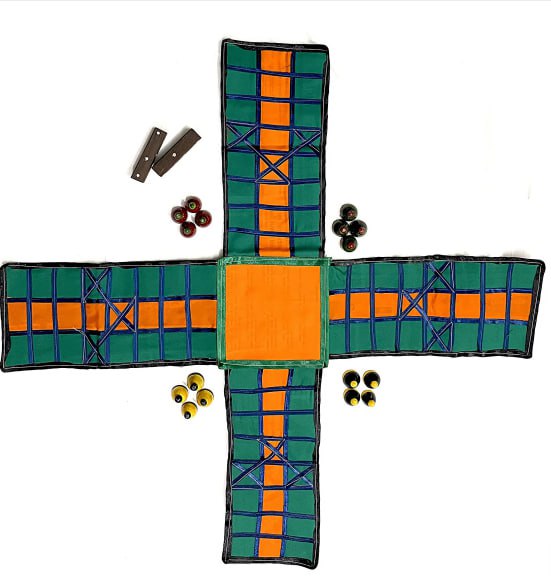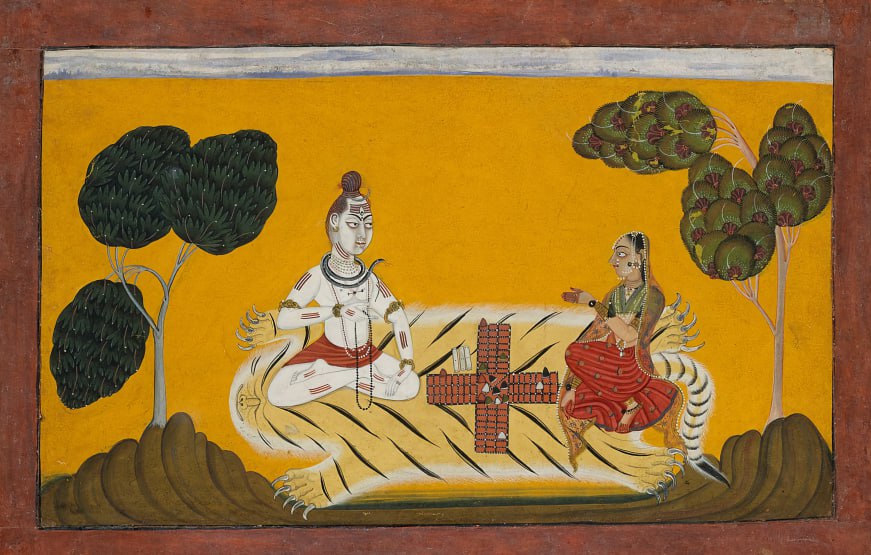What kind of game is Chaupar?
 The game of Chaupar, which became popular during the Kushan period, was widely played in the region of Bactria (present-day Uzbekistan, southern Tajikistan, and northern Afghanistan).
The game of Chaupar, which became popular during the Kushan period, was widely played in the region of Bactria (present-day Uzbekistan, southern Tajikistan, and northern Afghanistan).
According to archaeological evidence, this game began to spread from the 1st–2nd centuries CE. Chaupar was played on a special cloth with circular tokens and marked dice. The pieces were conical in shape, made mainly of ivory or ordinary bone. Numbers from 1 to 4 were inscribed on the dice, and the objective of the game was to move the token to the central point.
 Archaeological finds from Dalverzin Tepe, Kampir Tepe, Takhti Sangin, and Surkh-Kotal have revealed examples of this game. Similar elements in both form and content were also discovered in Taxila (present-day Pakistan), Gairat Tepe, and Panjikent. This indicates that cultural ties among the peoples of Central Asia were broad and active. Some of the game pieces were decorated with carvings and engravings, suggesting that the game was widespread among the elite. Later, Chaupar also became popular among the wider public.
Archaeological finds from Dalverzin Tepe, Kampir Tepe, Takhti Sangin, and Surkh-Kotal have revealed examples of this game. Similar elements in both form and content were also discovered in Taxila (present-day Pakistan), Gairat Tepe, and Panjikent. This indicates that cultural ties among the peoples of Central Asia were broad and active. Some of the game pieces were decorated with carvings and engravings, suggesting that the game was widespread among the elite. Later, Chaupar also became popular among the wider public.
The study of pre-Islamic culture and gaming traditions is one of the important areas of the scientific and museum activity of the Center of Islamic Civilization in Uzbekistan. Games like Chaupar were regarded as a form of leisure. A model of this game is planned to be included in the exhibition of the Center of Islamic Civilization.
Most read

Over 100 experts from more than 20 countries of the world are in Tashkent!

President of Serbia Aleksandar Vučić visited the Islamic Civilization Center in Uzbekistan

The Center for Islamic Civilization – a global platform leading towards enlightenment











